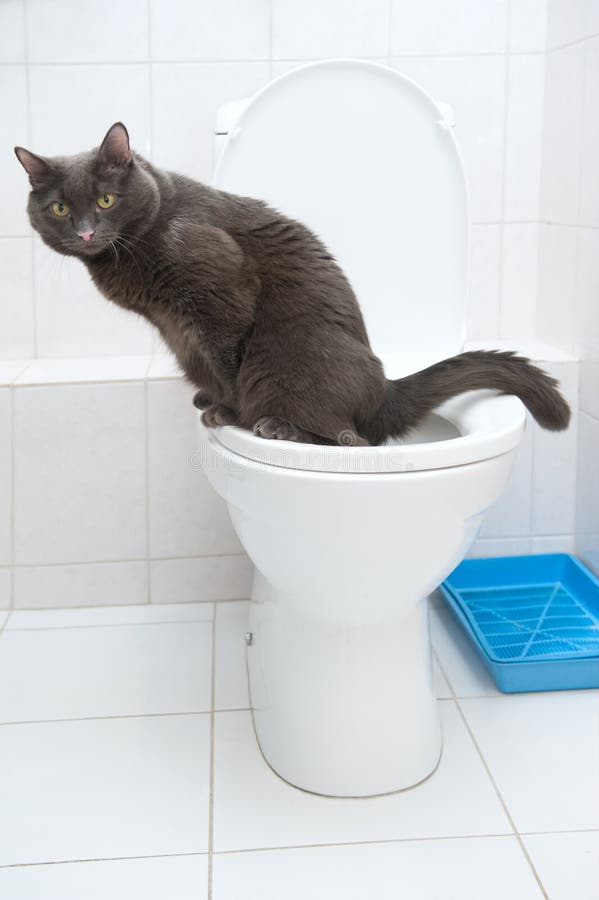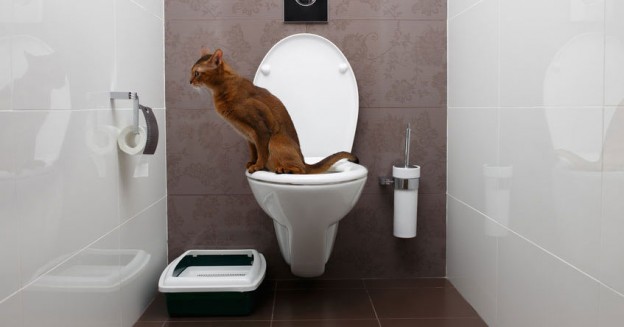Our Consequences of Flushing Animal Waste Down the Toilet
Our Consequences of Flushing Animal Waste Down the Toilet
Blog Article
We've stumbled upon the article about Why you should never flush dog poop down the toilet listed below on the internet and accepted it made perfect sense to share it with you here.

When it comes to disposing of waste, particularly animal waste, many individuals frequently resort to the hassle-free alternative of flushing it down the bathroom. Nonetheless, this relatively simple solution can have major effects for the atmosphere and public health. In this post, we'll check out why flushing pet waste down the bathroom is a negative idea and offer alternative approaches for correct disposal.
Intro
Correct garbage disposal is crucial for preserving ecological sustainability and public health. While it might appear harmless to purge animal waste down the bathroom, it can cause different issues, both for the atmosphere and human well-being.
Risks of flushing animal waste
Environmental effect
Purging pet waste presents damaging bacteria and microorganisms into rivers, which can negatively influence aquatic ecological communities. These pathogens can pollute water resources and harm aquatic life, interfering with delicate ecosystems.
Public health problems
Pet waste includes hazardous microorganisms such as E. coli and Salmonella, which can pose major wellness risks to people. Purging pet waste down the commode can pollute water supplies, resulting in the spread of illness and infections.
Alternatives to flushing
Instead of purging pet waste down the commode, there are several alternate disposal methods that are a lot more environmentally friendly and sanitary.
Composting
Composting pet waste is a green way to dispose of it. By composting, raw material is broken down right into nutrient-rich soil, which can be used to fertilize yards and plants.
Landfill disposal
Dealing with pet waste in a land fill is one more alternative. While not as eco-friendly as composting, it is a more secure option to flushing, as it protects against the contamination of water resources.
Pet dog waste disposal systems
There are customized family pet waste disposal systems offered that securely and hygienically get rid of pet waste. These systems frequently use enzymes to break down waste and remove odors.
Actions to proper animal waste disposal
To make certain correct disposal of pet waste, follow these actions:
Scooping and nabbing waste
Frequently scoop and bag pet waste using naturally degradable bags. This stops waste from polluting the environment.
Making use of marked waste bins
Dispose of bagged pet waste in designated waste containers, such as compost bins or landfill containers. Stay clear of flushing it down the commode at all costs.
Cleaning litter boxes and pet dog locations frequently
Routinely clean can and pet dog areas to avoid the buildup of waste and bacteria. Usage pet-safe cleaning products to preserve health.
Benefits of correct disposal approaches
Adopting correct disposal approaches for pet waste uses numerous benefits:
Minimized environmental pollution
Correct disposal techniques reduce the risk of environmental pollution, securing rivers and ecosystems from contamination
Minimized danger of water contamination.
By staying clear of flushing pet waste down the toilet, the threat of water contamination is substantially minimized, protecting public health.
Boosted hygiene and health
Correct disposal approaches advertise much better hygiene and hygiene, creating a more secure environment for both people and pets.
Final thought
In conclusion, flushing animal waste down the toilet is hazardous to the setting and public health. By taking on different disposal techniques and following proper waste administration practices, we can reduce the negative impact of animal waste and contribute to a cleaner, much healthier planet.
What To Do With Dog Poo – The Do's And Don'ts Of Disposing Of Faeces
Dog poo bins
Some councils provide dedicated dog waste bins in popular dog-walking areas that can take dog poo that has been bagged but you can legally dispose of dog waste in any public litter bin, as long as it is securely bagged. This also applies to your wheelie bin at home.
Do not flush
Water companies do not recommend flushing dog faeces down the toilet because certain parasites can survive the water processing treatment and are potentially harmful to humans. You should also never consider flushing dog poo that has been bagged down the toilet as the bags will not break down and instead create severe blockages in the sewage system.
In the woods
The Forestry Commission promotes a ‘stick and flick’ method for dealing with waste in the woods. This means finding a stick and using it to flick any poo from off the path so that it is out of the way of other walkers. You could also bury it as long as it is not in an area where there might be livestock.
Livestock
Parasites found in dog poo can be transmitted to livestock if they inadvertently eat infected faeces that has been left on grazing land. This could result in the death of sheep or abortion in cattle so you should always make sure you pick up your dog’s waste in fields where livestock could be present.

Routinely clean can and pet dog areas to avoid the buildup of waste and bacteria. Usage pet-safe cleaning products to preserve health.
Benefits of correct disposal approaches
Adopting correct disposal approaches for pet waste uses numerous benefits:
Minimized environmental pollution
Correct disposal techniques reduce the risk of environmental pollution, securing rivers and ecosystems from contamination
Minimized danger of water contamination.
By staying clear of flushing pet waste down the toilet, the threat of water contamination is substantially minimized, protecting public health.
Boosted hygiene and health
Correct disposal approaches advertise much better hygiene and hygiene, creating a more secure environment for both people and pets.
Final thought
In conclusion, flushing animal waste down the toilet is hazardous to the setting and public health. By taking on different disposal techniques and following proper waste administration practices, we can reduce the negative impact of animal waste and contribute to a cleaner, much healthier planet.
What To Do With Dog Poo – The Do's And Don'ts Of Disposing Of Faeces
Dog poo bins
Some councils provide dedicated dog waste bins in popular dog-walking areas that can take dog poo that has been bagged but you can legally dispose of dog waste in any public litter bin, as long as it is securely bagged. This also applies to your wheelie bin at home.
Do not flush
Water companies do not recommend flushing dog faeces down the toilet because certain parasites can survive the water processing treatment and are potentially harmful to humans. You should also never consider flushing dog poo that has been bagged down the toilet as the bags will not break down and instead create severe blockages in the sewage system.
In the woods
The Forestry Commission promotes a ‘stick and flick’ method for dealing with waste in the woods. This means finding a stick and using it to flick any poo from off the path so that it is out of the way of other walkers. You could also bury it as long as it is not in an area where there might be livestock.
Livestock
Parasites found in dog poo can be transmitted to livestock if they inadvertently eat infected faeces that has been left on grazing land. This could result in the death of sheep or abortion in cattle so you should always make sure you pick up your dog’s waste in fields where livestock could be present.

I am very focused on Don't Flush Your Pets Poo Down The Loo, Vet Warns and I really hope you enjoyed the entire page. Enjoyed our piece of writing? Please quickly share it. Help somebody else discover it. I am grateful for your time. Please check our site back soon.
Click Here To Find Out More Report this page